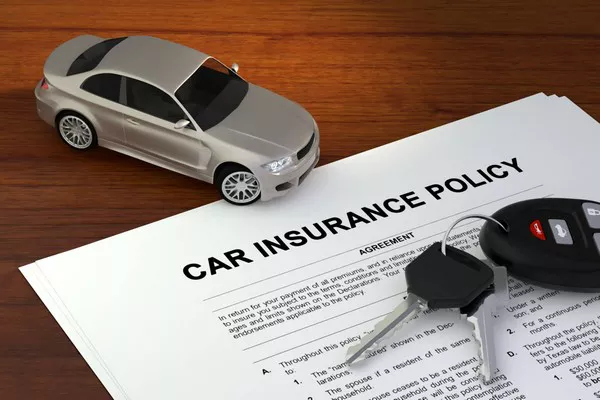Car insurance is a necessary expense for anyone who owns and operates a vehicle. However, many people may feel that they are paying too much for their coverage. Fortunately, there are several ways to lower car insurance costs without sacrificing the quality of your coverage. In this article, we will discuss some of the most effective strategies for lowering your car insurance rates.
1. Comparison Shopping
The first step in finding affordable car insurance is to comparison shop. Rates can vary significantly between insurers, so it’s important to get quotes from multiple companies before making a decision. Many insurance companies offer free online quotes, which makes it easy to compare prices and coverage options. Be sure to compare apples to apples when shopping for car insurance. Make sure that the deductibles and coverage limits are the same for each quote you receive.
2. Higher Deductibles
One of the easiest ways to lower your car insurance premium is to increase your deductible. The deductible is the amount that you agree to pay out of pocket before your insurance coverage kicks in. By opting for a higher deductible, you are assuming more risk, but you will also pay less in premiums. Just make sure that you choose a deductible that you can afford in case you need to file a claim.
3. Good Driving Record
Your driving record is one of the most significant factors that insurance companies use to determine your rates. If you have a clean driving record with no accidents or citations, you are likely to pay less for car insurance than someone with a history of accidents or traffic violations. Some insurance companies offer safe driver discounts, so ask your agent if you qualify.
4. Safe Vehicle
The type of car you drive can also impact your insurance rates. Generally speaking, cars that are considered safer or less expensive to repair are cheaper to insure. You can check the safety ratings of different vehicles on websites like the Insurance Institute for Highway Safety (IIHS) or the National Highway Traffic Safety Administration (NHTSA). Cars with advanced safety features like lane departure warnings and automatic emergency braking may also qualify for discounts.
5. Low Mileage
Most insurance companies offer discounts to drivers who do not drive their cars often. If you work from home or have a short commute, consider asking your insurer about a low mileage discount. Some companies require that you install a device in your car that tracks your mileage, while others simply ask for an estimate of how much you drive each year.
6. Bundling Policies
If you have multiple insurance policies (such as auto and homeowners), you may be able to save money by bundling them together with the same company. Many insurers offer discounts for customers who bundle their policies, so it’s worth shopping around to see what kind of savings you can get.
7. Good Credit Score
Believe it or not, your credit score can also impact your car insurance rates. Insurance companies use credit scores as a way to predict risk. Drivers with good credit are seen as less risky than those with poor credit, so they are often offered lower rates. To improve your credit score, pay your bills on time and keep your credit card balances low.
8. Defensive Driving Course
Some insurance companies offer discounts to drivers who complete a defensive driving course. These courses teach safe driving practices and can help you avoid accidents and tickets. Even if your insurer doesn’t offer a discount, taking a defensive driving course can still be a good investment in your own safety.
9. Pay Your Premiums Annually
Many insurance companies charge fees for monthly or quarterly payment plans. If possible, consider paying your premiums annually instead. This can help you avoid those extra fees and may even result in a small discount.
10. Shop Around at Renewal
Finally, don’t be afraid to shop around for car insurance when your policy is up for renewal. Rates can change over time, and you may be able to find a better deal with another company. Just remember to compare apples to apples and make sure that you are getting the same level of coverage.
In conclusion, there are many ways to lower your car insurance rates. By comparison shopping, increasing your deductibles, maintaining a good driving record, driving a safe vehicle, driving less, bundling policies, maintaining good credit, taking a defensive driving course, paying your premiums annually, and shopping around at renewal, you can save money on your car insurance without sacrificing quality coverage.


